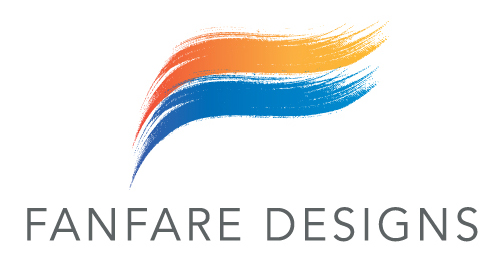
Successful participation in a Trade fair
- FanFare
- December 15, 2024
- 12:57 pm
- No Comments
Success of an event is defined mostly by the volume of business done. It is also a success when visitors show interest; when the brand generates attention and queries from visitors; when collaborations happen with other brands; when media (social and print) makes a mention, gives coverage. All of this happens with meticulous planning for months with brand developers, managers and promoters and marketers.
Two vital aspects to a successful event making are :
1. Clear and focused objectives
The goal/objectives can be branding, product launch and generating leads.
A detailed brief is paramount. This should define the objective. With enough clarity on the purpose for participation the theme for the project is generated. The theme is defined by the intent for participation, what the brand aims to achieve. It can vary from an interactive space to an immersive space.
2. Identifying your visitors
Visitors and prospect clients define the touchpoints of the brand and shape its overall look and feel. In outlining a detailed profile of the visitor, the brand decides on the tone of communication, the methods of direct and indirect interactions, the mood of the space and the nature of displays.
The design team gets initiated for setting the theme of the stall, the layout and planning, the branding, product display designs, colors and other interactive elements, planning visitor movement and interaction and complete communication of the show.
They rely on the defined brief and the visitor profile. Based on what, whom, why as outlined by the client the design process draws the blueprint for the space where the brand will stand during the event days.
Critical elements of a trade fair
- The design theme – integrates the space and the brand with a unified message. Visitors recall the theme, the brand, the message. The most effective theme plans and designs every touch point including hospitality and refreshments.

2. Layout – the vital aspect for a successful show time, it defines how a brand is planning to host its guests and visitors; it is critical for information flow and for focusing on the paramount; it helps visitors identify their areas of interest without getting confused.

3. Colors & Materials – defined by the brand standards, they redefine the brand’s spirit, its core values. A brand’s attributes are emphasized through the use of colors, shades, materials and finishes. From extremely attractive to soothing to a dull finish- each and every look is designed for rousing a reaction.

4. Information flow – Mapping the information flow is vital as it helps the onlooker absorb information in a sequence, and identify their subject of interest. It prioritizes the products and the messaging.
5. Graphics and Visuals media – they define the brand and are designed with the branding elements
6. Lighting – One of the most important elements in booth design is the required luminosity. Ranging from dazzling white to warm white and ambient lights, spaces are defined for the functionality. Well researched designers plan a lighting layout that can capture an eye.
7. Furniture – Choosing appropriate furniture can deliver great results. It helps create a wow factor and a hospitable image of your company.
8. Audio Visual media – an ever evolving technology, this is a vital information channel for publicizing services and products. A brand story well scripted gets millions of eyeballs.
9. Refreshments and entertainment – Hospitality and entertaining visitors is an extension of the brand’s image and a powerful tool for businesses to strengthen relationships, enhance brand reputation and make a memorable experience

10. Accessories, plants, giveaways, etc. – Creating interaction with potential clients, pulling crowd through creative ideas and introducing the brand through attractive giveaways are clever strategies to get visitors interested and invested.
Recent Blog




